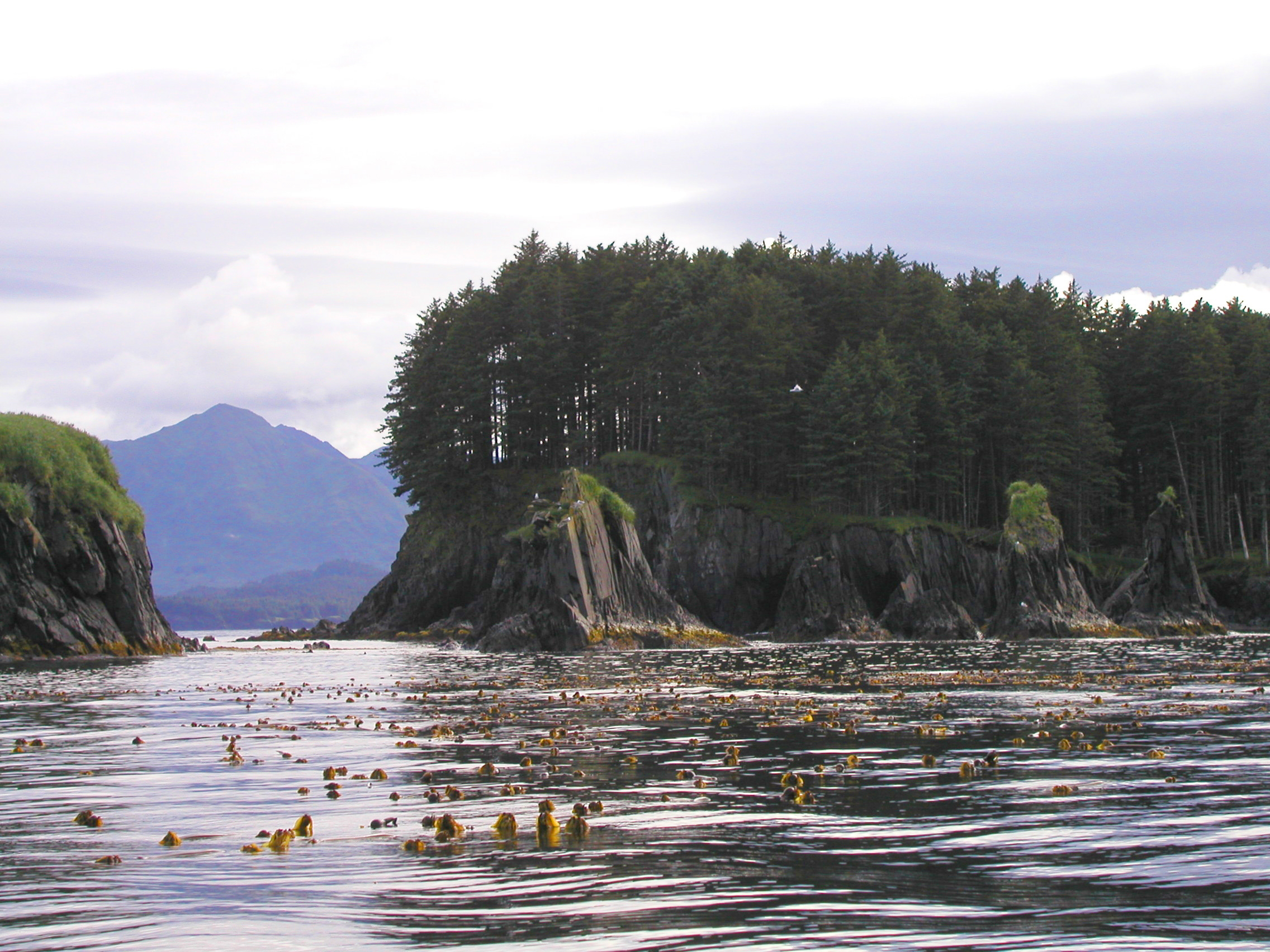Why we care
Alaskan Native communities rely on healthy marine ecosystems for work, sustenance and their way of life. Ocean acidification has documented impacts to marine life and these communities. Community members participate in ocean acidification monitoring and we need to better understand how to meet community needs and fill important monitoring gaps. Monitoring has been intermitten since 2017 and this work will aid in sustaining this work.
NOAA Ocean Acidification supports workforce development through funding a fellow for this project with the 2023 Alaska Sea Grant State Fellowship Program.
What we will do
Jake Cohen is an Alaska Sea Grant fellow partnering with the Kodiak Area Native Association (KANA) and Kodiak tribes to support tribal ocean acidification (OA) monitoring programs. Since 2019, several Kodiak tribes monitor for ocean acidification as part of a statewide community sampling project. However, this program has faced many obstacles and involved communities have not been able to fully utilize their data. In collaboration with KANA, Jake will develop a long-term monitoring strategy for Kodiak Archipelago Tribes and gather data for use in climate and economic adaptation plans.
Much of this effort involves strengthening the collaborative nature of the ocean acidification sampling program by connecting with project partners including AOOS, NOAA, Alaska Sea Grant, Sitka Tribe of Alaska, Kodiak tribes, and the University of Alaska Fairbanks College of Fisheries and Ocean Science. By increasing inter-agency collaboration and centering the use of ocean acidification data for subsistence and economic use, Cohen will help create a robust tribal sampling plan. These data, combined with other water quality monitoring efforts, will help increase economic opportunity and support accessibility of traditional food resources. Additionally, Jake will assist with a Gulf of Alaska ocean acidification regional vulnerability assessment with Alaska Sea Grant and the Alaska Fisheries Science Center.
Benefits of our work
This work will identify specific ocean acidification monitoring and support needs by Kodiak tribes and develop a long-term monitoring strategy. Additionally, it supports the career development of a fellow and increase capacity in the region. The fellow also Check out this brief ocean acidification and monitoring guide for Kodiak communities.
Meet Jake Cohen
Read Jake’s post “Research collaboration helps Kodiak subsistence harvesters” about his internship experience and the impact of Harmful Algal Blooms in Alaska.
Image: Spruce Island in the Kodiak region of Alaska. Credit: NOAA



